Passive Cooling and Insulation
As costs of maintaining a comfortable indoor temperature continues to rise, passive cooling has become an increasingly popular topic. Passive cooling is achieved through the infrastructure design and ultimately, the type of insulation materials chosen.
Passive cooling is about comfort and energy savings thru the use of proper insulation, thoughtful and adequate ventilation, shading, and correct window design and placement.
Cost savings is a huge factor in passive cooling as it is the least expensive way of cooling a home, reducing heat gain and delivering a comfortable environment with the least amount of purchased energy used. Climate change would result in temperatures rising and escalating even higher in the future, therefore implementing passive cooling design principles is now a necessity in every construction.
The simplest way to promote passive cooling is by placing materials with a higher thermal mass away from direct contact with the summer sun through the use of insulation. Concrete, for example will absorb solar heat in daytime and release them at night. This would make the temperature quite uncomfortable while you’re sleeping and would also cause the air-conditioning units to work harder, thus increasing your energy bills. Having the right insulation over concrete would solve this problem. Imagine how much energy you can save in a multi-story home by preventing solar heat from getting absorbed and re-radiated.
Another method that introduces passive cooling is to examine the house location to maximize its natural attributes. Know which part of the house would be the hottest at which time of the day and implement the proper design remedies to lessen the heat gain. Proper shading and landscape design are crucial in mitigating this. Wind ventilation is another important factor in passive cooling. Placing opposing windows would allow refreshing air to be pushed in the structure.
Evaluate ground and soil temperatures, for example, to moderate direct-contact surface areas, like flooring. Thick, rigid and vapor impermeable insulation can then be used to shield the heat coming up the slab and to prevent moisture intrusion from the ground up. Insulation is a key partner in passive cooling design.
Passive cooling is a very cost-effective way to control indoor temperatures. Small modifications to design and insulation can make a big difference in maintaining maximum comfort and energy efficiency.
Whether your an architectural design studio, a contractor, a facility or home owner, our materials deliver the right outcomes for your projects and help bridge you and your company to a better future.

